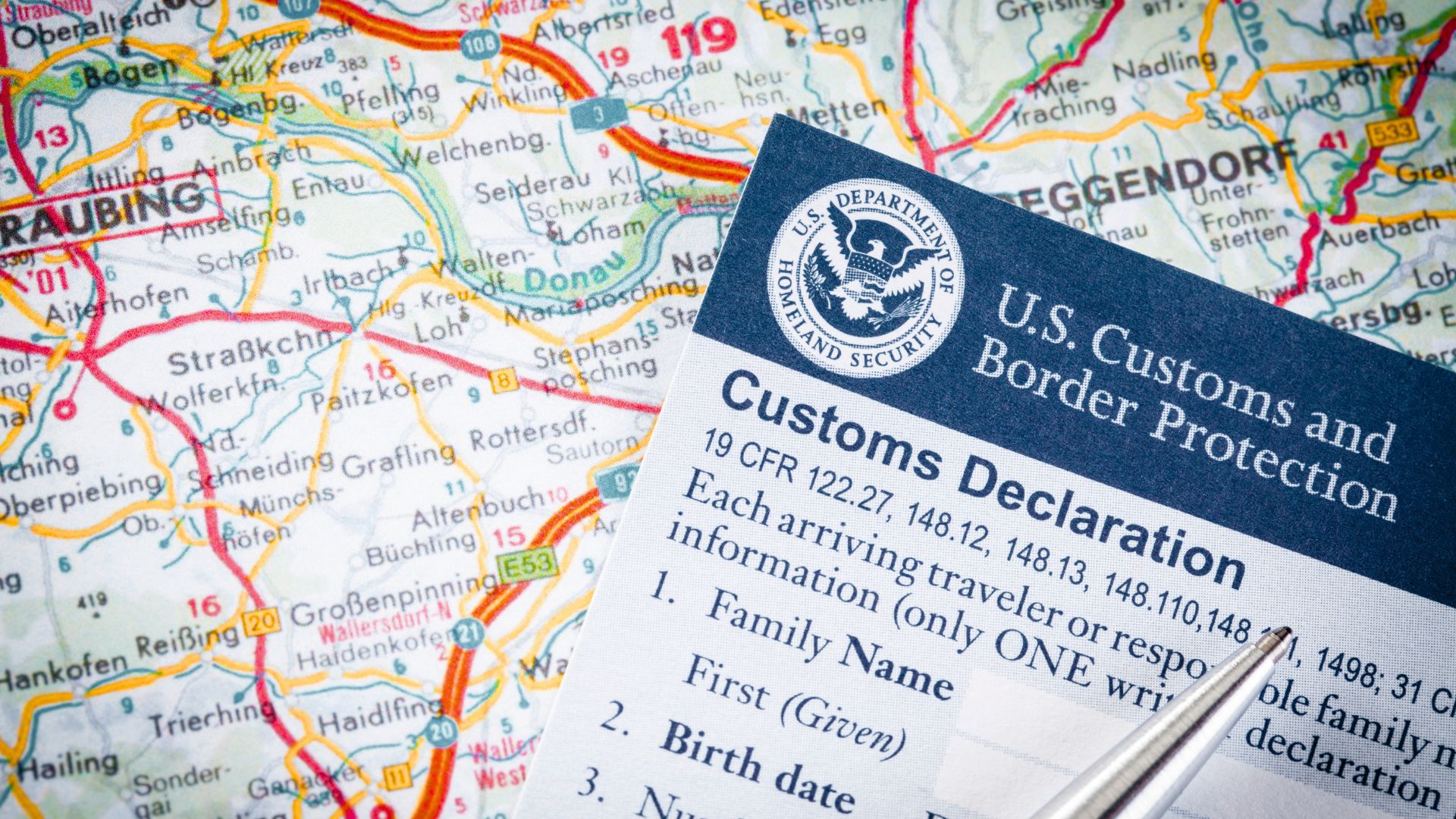The Chinese New Year involves many interesting traditions celebrated all over the world and a great many of them revolve around food. The color red is prominent, signifying good fortune. Red is seen in clothing, lanterns, firecrackers and gifts of money in traditional red paper envelopes. An important tradition to remember when you are outsourcing manufacturing to China is that employers may also give their employees bonuses in red envelopes to signify good luck and a successful year ahead.
Traditionally, food offerings were placed on the doorstep of a Chinese home to ward off Nian, a fierce mythological creature who ate crops, livestock and even children. Nian was also believed to be afraid of the color red and firecrackers.
Spring Festival Reunion Dinner
The evening before Chinese New Year families gather for their annual reunion dinner or Nian Ye Fan. The dinner is large and extravagant, featuring pork, chicken and fish. A communal hot pot symbolizes the coming together of the family. Many reunion dinners feature duck, sausage and seafood, typically reserved only for special occasions. In most areas, fish is served but some or all is saved overnight to represent the Chinese phrase “may there be surpluses every year which sounds like the phrase “let there be fish every year.” In the north jiaozi dumplings are served, in the south niangao cake is served. Eight individual dishes are served in keeping with that number’s good fortune. If a death was experienced in the family during the previous year, seven dishes are served.
Celebrations in Fifteen Days or Less
Where the New Year is celebrated for only two or three days, the fourth day is the day corporate spring dinners commence and businesses reopen. This can be an important date to keep in mind when outsourcing manufacturing to China.
The fifth day is the festival of Po Wu, when taboos can be broken. A large banquet may celebrate the occasion. In northern China, people eat traditional dumplings to celebrate the day.
The seventh day celebrates the creation of humans. In most part of China, people will eat noodles on this day. Noodles symbolize longevity.
Workers typically return to work by the eighth day. To thank and celebrate them, employers may host a lunch or dinner for their employees. This can be another important date and tradition to keep in mind when outsourcing manufacturing to China.
Another family dinner is held on the eighth day to celebrate the eve of the birth of the Jade Emperor and to honor millet, an ancient agricultural staple in China.
The fifteenth day is the Yuanxiao Festival, Shangyuan Festival or simply the Lantern Festival. Dumplings are the food of the day and families walk through the street carrying lighted lanterns. There are dragon dancing and lion dancing parades. It also has similarities to the western Valentine’s Day, when single people seek a romantic partner. Single women put their contact information on a mandarin orange and toss it into a river or lake. Single men capture the oranges and eat them. A sweet orange bodes well for the relationship while a sour orange predicts a bad outcome.
These many traditions are just a part of the vast culture and experiences of the Chinese New Year. Learning more helps one understand the impact it has on the manufacturing process. For more information on how it impacts your product’s manufacturing and shipping schedule, contact ITI Manufacturing today.





